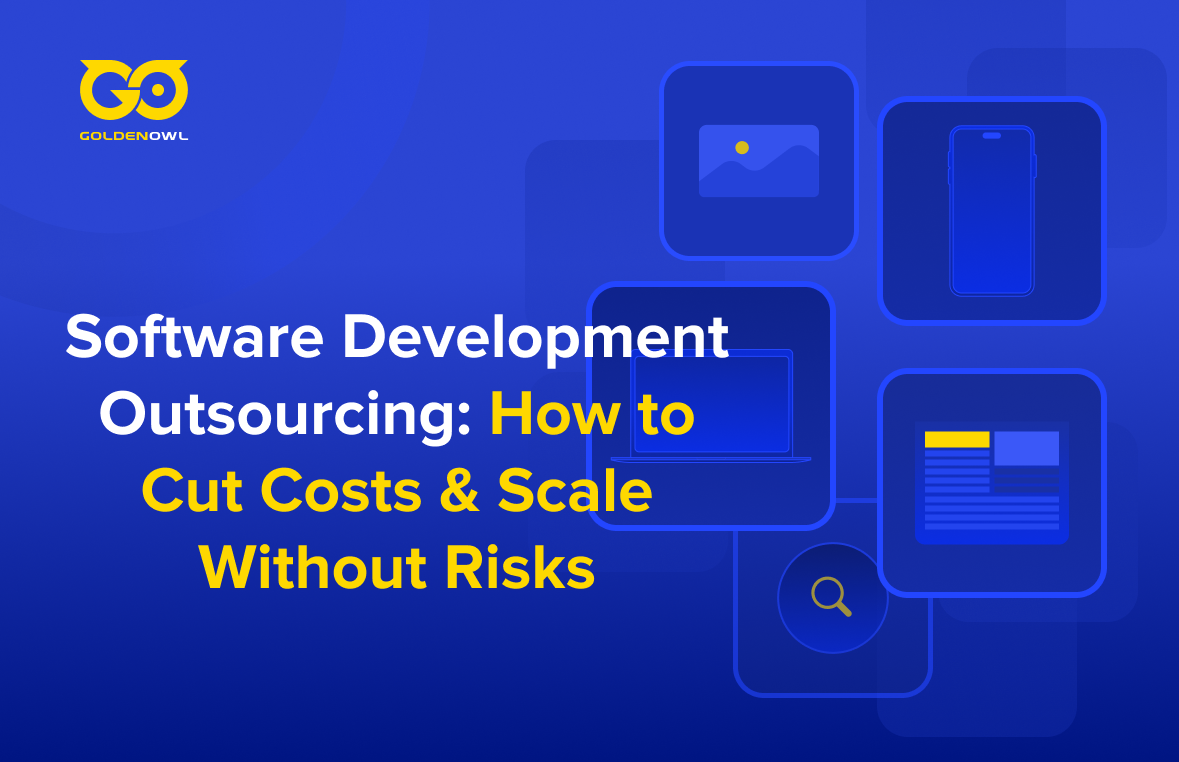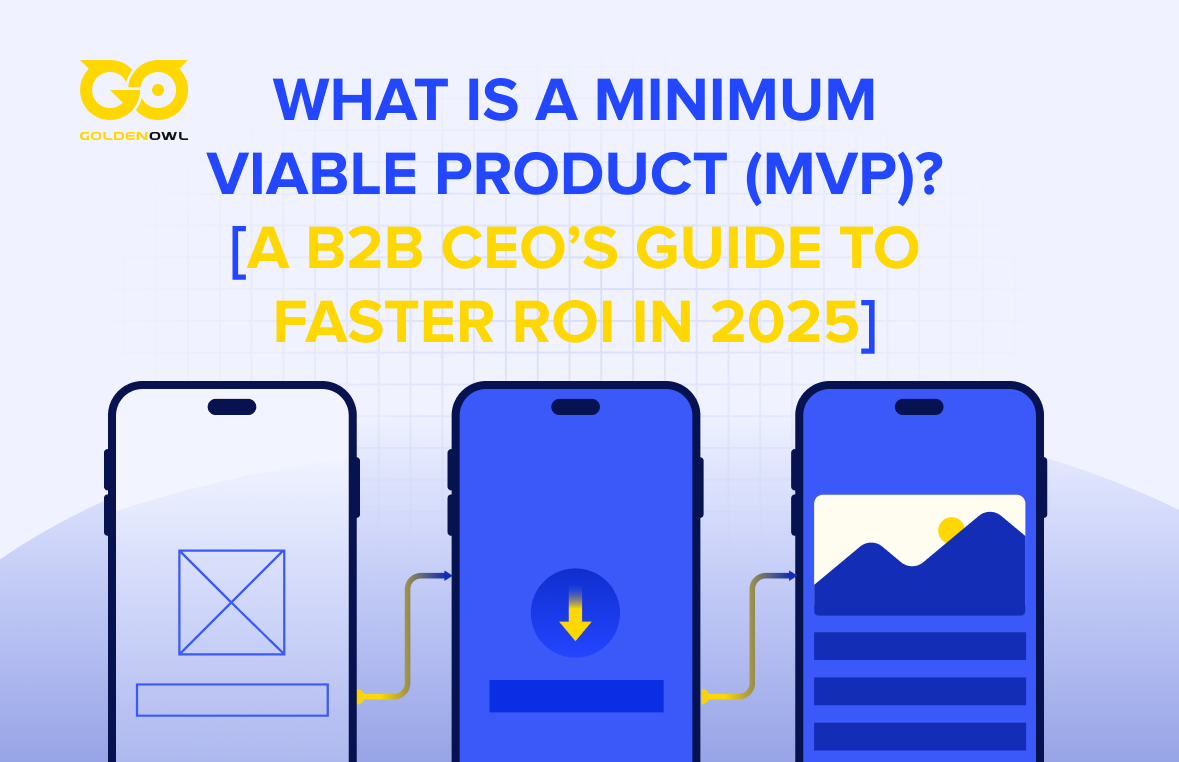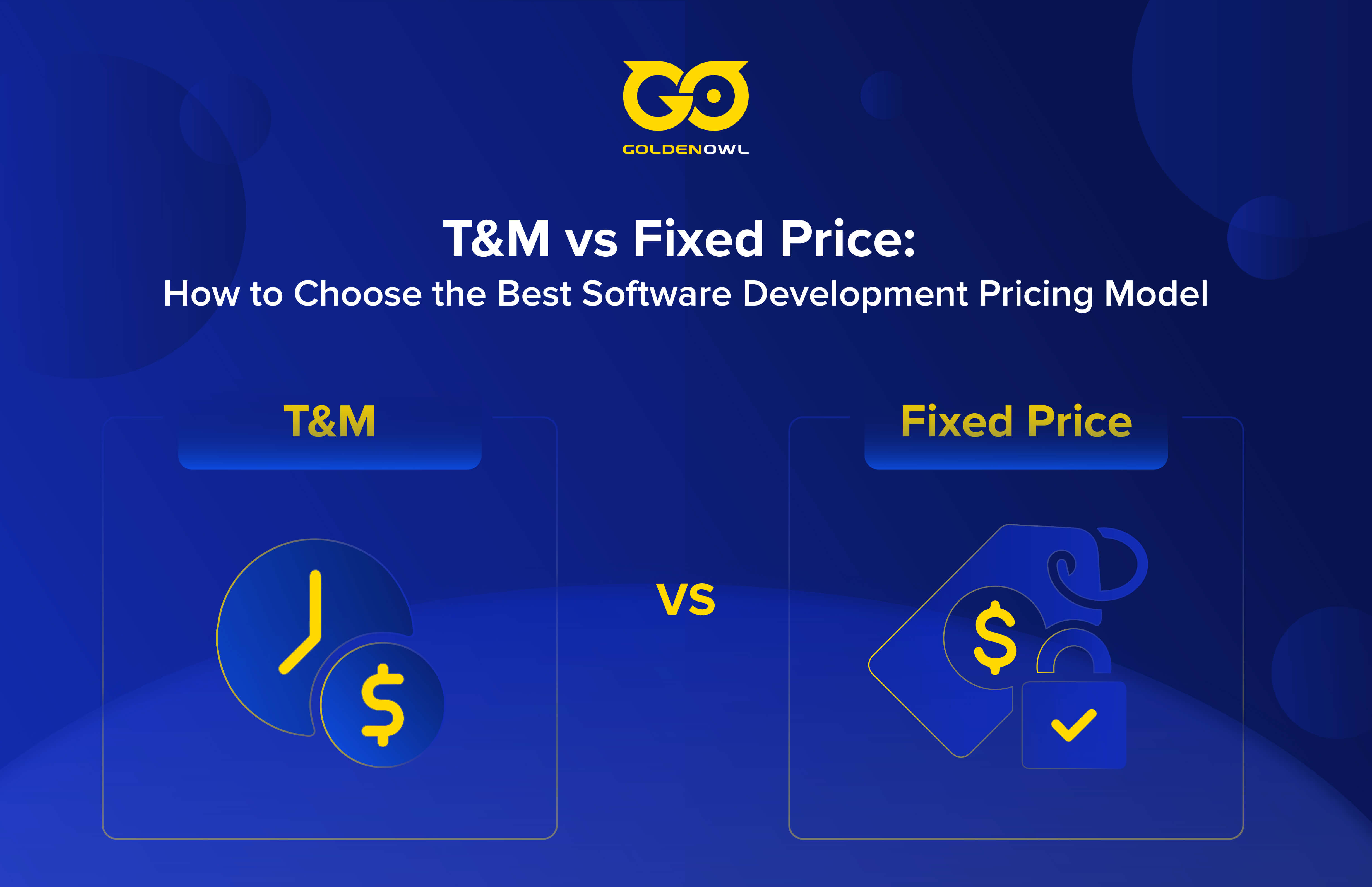As an application grows in popularity and usage you’ll need to scale the application to support your new users and their data. One way in which your application may need to scale is on the database level. Rails now has support for multiple databases so you don’t have to store your data all in one place. Rails 6.0 recently shared its amazing enhancements although most would consider these as feature upgrades. In my opinion, both are correct, as the actual state of multiple databases before rails 6.0 was not even considered a completed feature.
Setting up your application
While Rails tries to do most of the work for you there are still some steps you’ll need to do to get your application ready for multiple databases. The database.yml looks like this:
production:
database: my_primary_database
user: root
adapter: mysql
Moreover, to add replica we need to change our database.yml to become like this:
production:
primary:
database: my_primary_database
user: root
adapter: mysql
primary_replica:
database: my_primary_database
user: root_readonly
adapter: mysql
replica: true
animals:
database: my_animals_database
user: animals_root
adapter: mysql
migrations_paths: db/animals_migrate
animals_replica:
database: my_animals_database
user: animals_readonly
adapter: mysql
replica: true
There are some notes that you need to be concerned about when setting up multiple databases:
- The database name for the primary and replica should be the same because they contain the same data
- The username for the primary and replica should be different, and the replica user’s permissions should be to read and not write.
- When using a replica database you need to add a replica: true entry to the replica in the database.yml
- For new primary databases, you need to set the migrations_paths to the directory where you will store migrations for that database. Now that we have a new database, let’s set up the model. To use the new database we need to create a new abstract class and connect it to the animal's databases.
class AnimalsBase < ApplicationRecord
self.abstract_class = true
connects_to database: { writing: :animals, reading: :animals_replica }
end
Then we need to update ApplicationRecord to be aware of our new replica.
class ApplicationRecord < ActiveRecord::Base
self.abstract_class = true
connects_to database: { writing: :primary, reading: :primary_replica }
end
Running a command like rails db:create will create both the primary and animals databases. If you want to create just the animals database you can run rails db:create:animals.
Read more: Swift: 10 Surprising Facts, Test Your Knowledge!
Migrations
Migrations for multiple databases should live in their own folders prefixed with the name of the database key in the configuration. In case you want to store the migrations in another folder, you will need to set the migrations_paths in the database configurations to tell Rails where to find the migrations. For example the animals database would look in the db/animals_migrate directory and primary would look in db/migrate. Rails generators now take a --database option so that the file is generated in the correct directory. The command can be run like so:
$ rails g migration CreateDogs name:string --database animals
Connection switching
Finally, in order to use the read-only replica in your application you’ll need to activate the middleware for automatic switching. Automatic switching allows the application to switch from the primary to replica or replica to primary based on the HTTP verb and whether there was a recent write. If the application is receiving a POST, PUT, DELETE, or PATCH request the application will automatically write to the primary. For the specified time after the write the application will read from the primary. For a GET or HEAD request the application will read from the replica unless there was a recent write. To activate the automatic connection switching middleware, add or uncomment the following lines in your application config.
config.active_record.database_selector = { delay: 2.seconds }
config.active_record.database_resolver = ActiveRecord::Middleware::DatabaseSelector::Resolver
config.active_record.database_resolver_context = ActiveRecord::Middleware::DatabaseSelector::Resolver::Session
Or you can do it manually by
ActiveRecord::Base.connected_to(role: :reading) do
# all code in this block will be connected to the reading role
end
Sharding
Rails 6.0 doesn’t (yet) support sharding. But from version 7.0 and beyond, you can use Horizontal sharding with multiple databases.
Horizontal sharding is when you split up your database to reduce the number of rows on each database server, but maintain the same schema across “shards”. This is commonly called “multi-tenant” sharding. Shards are declared in the three-tier config like this:
production:
primary:
database: my_primary_database
adapter: mysql2
primary_replica:
database: my_primary_database
adapter: mysql2
replica: true
primary_shard_one:
database: my_primary_shard_one
adapter: mysql2
primary_shard_one_replica:
database: my_primary_shard_one
adapter: mysql2
replica: true
Models are then connected with the connects_to API via the shards key:
class ApplicationRecord < ActiveRecord::Base
self.abstract_class = true
connects_to shards: {
default: { writing: :primary, reading: :primary_replica },
shard_one: { writing: :primary_shard_one, reading: :primary_shard_one_replica }
}
end
Applications are able to automatically switch shards per request using the provided middleware. The ShardSelector Middleware provides a framework for automatically swapping shards. Rails provides a basic framework to determine which shard to switch to and allows for applications to write custom strategies for swapping if needed.





















